Hey, Substack! We’re pleased to see an active and enthusiastic response to our open call for Children’s Books, specifically Boy’s Adventure, for the first few offerings. The Discord server has been just as lively, if not more so, and we’re fielding questions nonstop both privately and publicly.
With that in mind, we’re starting a Homework series for current and would-be authors to help explain what we’re looking for. The Dads got tagged to lead the effort due to several lifetimes’ worth of experience and equally no shortage of opinions on what constitutes “Boy’s Adventure” stories.
Intern Steve here to kick the series off.
This post is simply what I read as a boy, as best as I can remember, around the age of 9 to 12 or so. That’s 1986-ish to 1989-ish. It’s a snapshot in time, not meant to be definitive, or even typical. Memory is also notoriously imperfect, so take what’s here with a grain of salt. I’m going to focus on reading, not watching, although I will mention a few shows or films for context, and a future installment of this series will delve into those later.
I’ll also save the Gen X truism of “reading a Stephen King book way too young” for another day, which is an advanced course that I’ll be charging for.1
Part 1
This collection of pocket-sized graphic novel adaptations of classic stories, biographies, and Shakespearean plays was the single most influential thing I read as a boy, next to the illustrated children’s Bible my mother read to me, and The Spooky Old Tree, which I’m told is the first book I read on my own.2
(Pocket Classics paperbacks Academic Industries LLC., 1984)
Yes, these are abridged and distilled down to their core, illustrated as comic books in black and white, word bubbles and all, but it got the job done. They genuinely could fit in your back pocket.
Gee, I can’t tell why these would interest a young boy, can you?3
Another series, closely related and as important
Here’s a few notes on these that might be useful to you.
First, they got me really hooked on reading, period, with many of these books inspiring me to go on to read the originals, or to find things like them. What I really want to emphasize is the breadth of stories here, and they’re all treated the same in terms of value, worth and quality. The Bronte sisters are in there with Hawthorne and H.G. Wells, Charles Dickens, and Daniel Dafoe. It never occurred to me to separate them out except in alphabetical order.
There’s plenty of science fiction and horror represented, in fact most of these stories predate modern labels, which in my mind have become crutches and straitjackets to the point of destructiveness.
Instead, they’re “weird fiction,” or “scientific romance,” or “detective stories,” or “ghost stories,” “gothic,” fairytales, or better yet, just as “adventure.” There’s also what we’d call “manners” stories, historical fiction, satire, and things that don’t fit neatly anywhere. It amazes me how many authors wrote sea stories just as easily as ghost stories or detective stories, often in the same book.
There was little ghettoization by genre or trope.4 At least, not in the way these were introduced to me and all the other boys who had a set.
For a further example of what I’m talking about, albeit written for a younger set of readers, check this out.
The above, my friends, is about as pure fantasy as it gets. And I mean fantasy, not what you have in your head-movies. Phantasy, or fantasia.5
Back to the classics. Even if the actual book turned out to be a boring disappointment, those little gems made the stories come alive, because there weren’t any modern expectations baked into them. Yes, I know those authors were serializing and “writing to market”; of course they were out to make a dollar—who isn’t? But you know what? It never felt like that. They don’t feel “algorithmic.”
Those stories still feel very free. Liberating, even.
Do you want to know what I think is really, really, REALLY important?
Those little books don’t talk down to children. There was incredibly little censorship in these things. I’ll stand behind the statement that 1980s G, PG, and PG-13 went harder than their current year equivalents. Now, even with THAT aside, these stories don’t treat kids like hothouse flowers, like glass figurines,6 like fragile trauma cookies who must be sheltered, pampered, and are incapable of resiliency, or bouncing back unless smothered in therapy talk.7 (READ THIS NOTE!)
As this series is about boys, let me reintroduce you to a word: emasculated.
Don’t like it? You’ll like this one even less: gelded.
And no, that doesn’t mean I ignored the “girl” books in the series. Even if I didn’t read them as much, I still read them: the adaptations of Jane Eyre,8 Wuthering Heights9 and Pride and Prejudice, and the biography of Hellen Keller. There are male characters in these works that are interesting and useful for boys to learn about.
Contrast Mr. Darcy and Heathcliff.10 The fathers, the sons, the brothers, the suitors. Negative and positive examples, and for boys especially, I think there’s real value in showing them both, and showing them in contrasting times and places. Some might say the civilized drawing room is more dangerous than a battlefield, in some respects.
So I understood that reading broadly was important. If not consciously so, the fact all those books were packaged and sold together did the job. I didn’t get a sense that “genre” was a thing, really, until my dad explained “sci-fi” to me and after I worked in a public library for a summer.
For the ones I returned to repeatedly and kept reading: Robert Louis Stevenson, Jack London, Jules Verne, Sir Walter Scott, Alexandre Dumas, Charles Dickens, Victor Hugo. Stephen Crane. Edgar Allen Poe. I loved the sea stories: Two Years Before the Mast, Lord Jim, Billy Budd, Moby Dick, The Sea Wolf. In addition, I had a real affinity for swashbucklers: The Prisoner of Zenda, The Count of Monte Cristo,11 and The Scarlet Pimpernel.
These little comics led me to several of my still all-time favorite books: Treasure Island, Kidnapped, The Red Badge of Courage, Robinson Crusoe, Ivanhoe, Captain Blood, and The Three Musketeers.
I liked H.G. Wells until I reread him as an adult. Those comics made Wells’s stories seem a lot cooler than many of them turned out to be in full, and once I had been reelin’ in the yea… Okay, stop that.
At the same time reading these, I was in Cub Scouts and introduced to Boy’s Life magazine. I was a terrible Scout. I never made it to Webelos, let alone Eagle Scout. I wasn’t all that interested in it (boxcar derby was fun, though).
But I was interested in this.
And this once I got a little older.
I’m also a product of CBS Storybreak and the ABC Weekend Special. There was absolutely a TV-to-book reading pipeline.12
Two more examples, and then we’ll talk a little bit about appeal and story construction.
Guess what? They’re as violent, dark, and awesome as you remember.13 Do you remember what I said about stories that don’t talk down to kids?
And my favorite series before I read The Lord of the Rings:
Seriously, how did Disney manage to screw this up?14
Now this isn’t all inclusive, not by a long shot. In the mix were Bunnicula, A Wrinkle in Time, Watership Down, Mrs. Frisby and the Rats of NIMH, The Great Brain, and all those classics they still assign like Where the Red Fern Grows and How to Eat Fried Worms.
In newspaper comics, still not dead then, Prince Valiant had been going on for so long I had no idea what it was about, even though the art was amazing and reminded me of the Errol Flynn Robin Hood.
And then, in a life-defining moment, my Great-Aunt Joan gave me a Ballantine Books box set of the first-six Barsoom novels, and my world exploded.15
In Part 2 of this series, we’ll get a little analytical, esoteric, psychological (but not pharmacological), and even spiritual. We’ll talk about types of stories, talk about themes, talk about archetypes and how they appeal to boys.
See you then! Now, YOIKS, AND AWAY!
I’m just kidding. Or am I?
That book left a mark; we read it to our daughter and will read it to our son, too.
The Time Machine is a cool prop, all the things and scenery are cool, but that’s not what makes the story cool. The difference between “classic” stories that stay “classic” and modern genre bait is that the story works, not the “stuff.” Modern entertainment gets this COMPLETELY backwards. I think systematized world building might be partially to blame for this, too. This is why Disney Star Wars fails so horribly. You can have the best costume makers, art department, prop makers and special effects ever put to film, but if the story is fake, untrue, or just bad, it doesn’t matter. If you want to argue this point about The Time Machine, I recommend you read this book by John C. Wright, or this one. The point of a Time Machine isn’t the Time Machine. This book was written as a direct sequel, and while I’m not its biggest fan, I will point out that even there the Time Machine itself isn’t the point. I will expand on this in Part 2.
As much as I used to love the TV Tropes Wiki, I’m starting to think it might have been a mistake.
This nightmare-fuel shows that they expected more from both kids and adults.
This is not an instruction manual.
NOTE: I am not discrediting or denouncing therapy as a practice or downplaying its value. When it’s needed, when it’s done well, and in its proper context, it serves a tremendous purpose. I’m going back to grad school for counseling, and I spent two years in therapy to treat PTSD, and it was absolutely worthwhile. My point is, there’s a proper time and place for everything, and people’s everyday, ordinary life shouldn’t be turned into pseudo-therapeutic time and space. Not only does it not work, but it does the complete opposite.
I enjoyed reading it on my own once or twice. It was Junior High English Lit and “Symbolism” that destroyed any enjoyment I had of that book, and it ruined me on “classic” literature for a good 20 years.
I like Wuthering Heights. Sue me.
Heathcliff is a fascinating character. Like a minor Edmond Dantès in a much smaller world. Heathcliff might be one’s earliest introduction to what are called “dark triad” personality traits and their seductive, attractive power.
I’ve read articles by psychologists claiming that this is the best novel for young men to read. I took that advice about 16-17 years ago, and I do not regret it.
We’ll talk about TV and movies in more depth in another post, or feel free to read my reviews here to get started.
Skip the rebooted series. That might as well be Care Bears or The Get Along Gang.
The failure of their Black Cauldron may even be what convinced Disney to give up on boys and that decision was reinforced by the relative failure of Treasure Planet (my favorite Disney animated film after Robin Hood). I argue that The Lion King has more crossover appeal to both boys and girls more than specifically a “boy’s movie.” With that said, Disney’s greatest film hero for boys may be Prince Philip from Sleeping Beauty. More on this later!
From babysitting my siblings and I, she saw how much I enjoyed things like Voltron. God rest her soul.

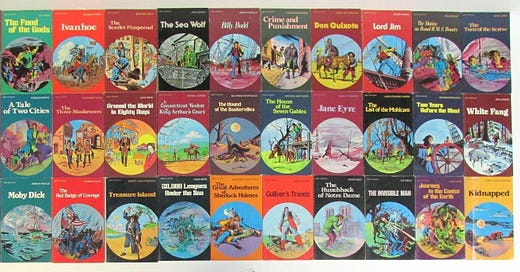



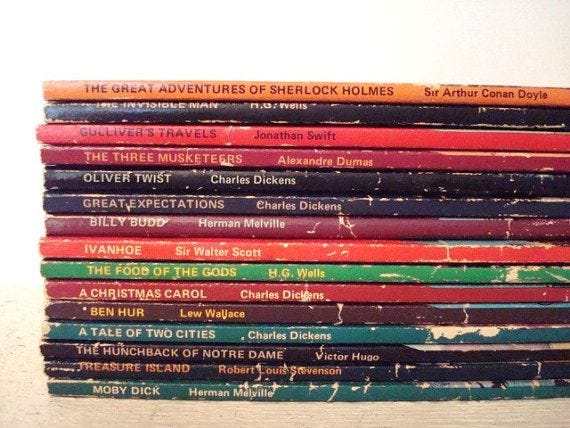

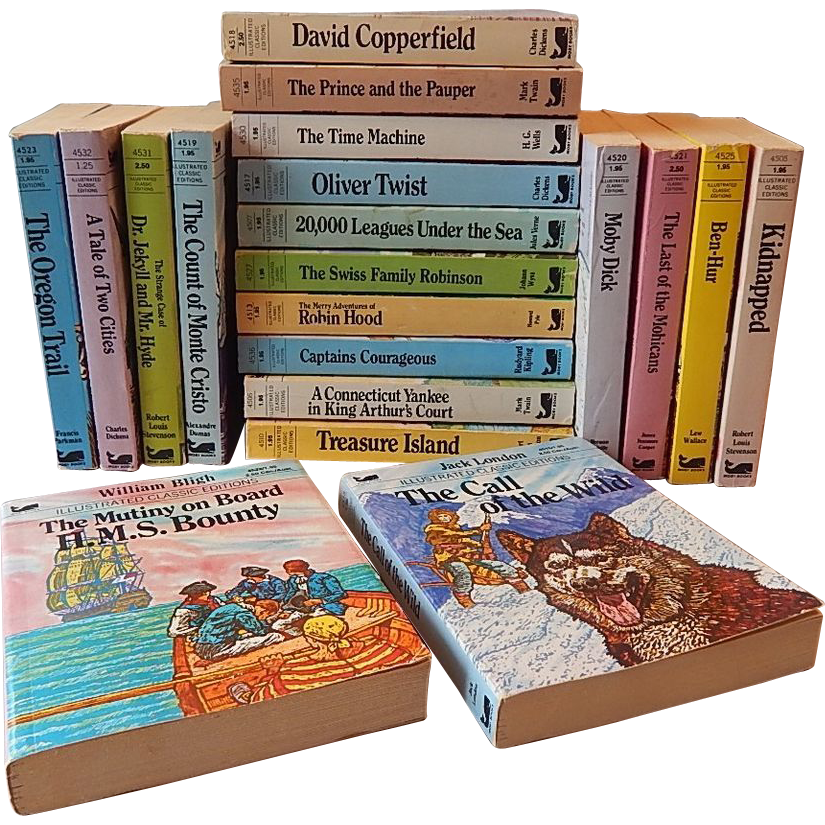
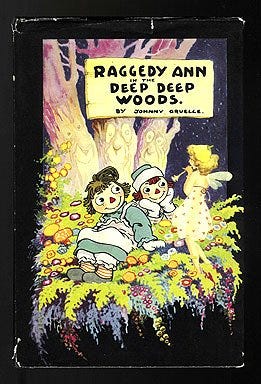
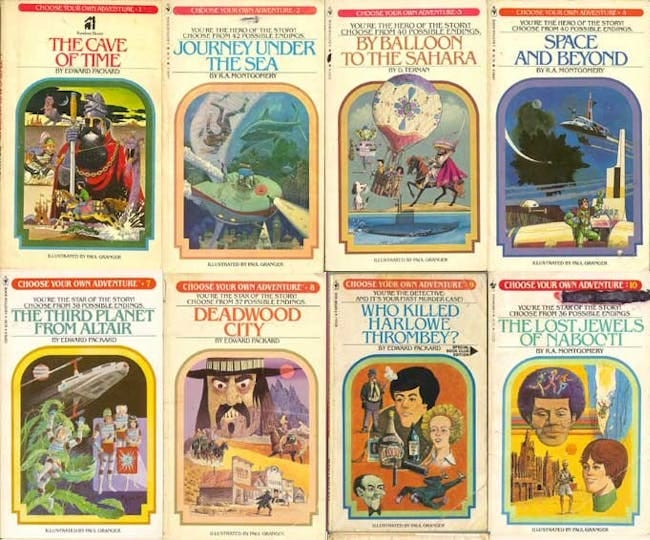
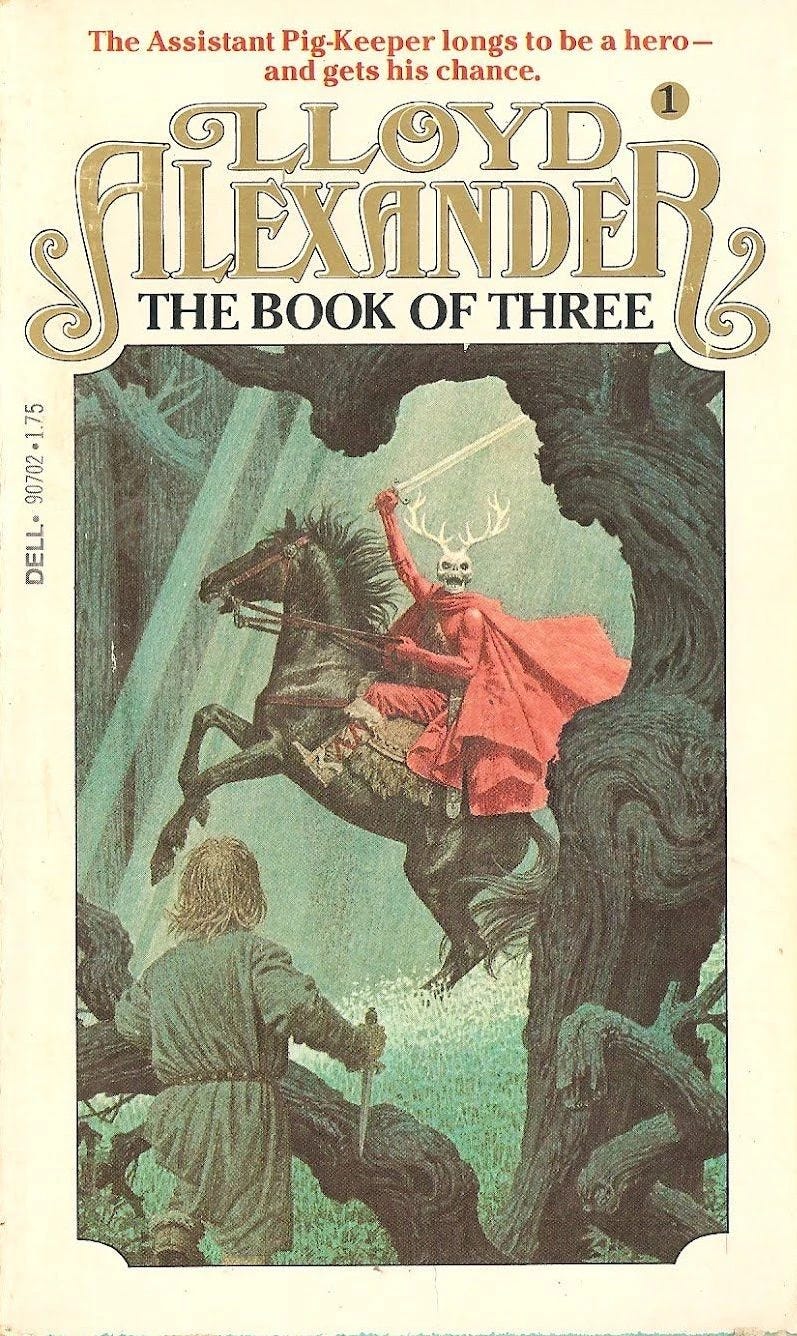
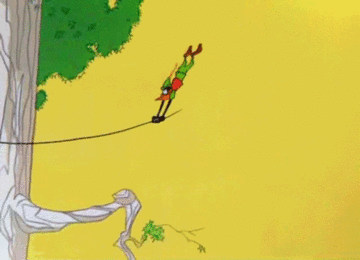
My younger boys enjoy this beautifully illustrated and faithful version of St George and the Dragon-
https://substack.com/@andyflattery/note/c-70498628?utm_source=notes-share-action&r=a9rcm
Fascinating. Thanks for sharing your experiences, Chris. I remember reading Dr. Seuss back in the 60s as a 4-year-old and going from there to any kid's book with a whiff of masculinity in the waiting room. *Mike Mulligan and his Steam Shovel* was a favorite of mine.
However, I always enjoyed reading history, science, and technology books more than fiction as a kid. The "How and Why Wonder Books;" technical references of dinosaurs, airplanes, race cars, ships, dirigibles, etc.; and the Osprey Men-at-Arms series of books, showing the uniforms and weapons of soldiers from history. Those books had quite enough wonder, horror, and adventure for me. An occasional Hardy Boys book was fine, but I loved the World Book Encyclopedia for fun reading more than the new kids' fiction books that were crowding out the masculine stories in the 70s.
It wasn't until I saw a copy of *Starship Troopers* sitting one shelf over from a reference book about Medal of Honor recipients that I realized that there were still masculine tales available for me. I still have a copy of Heinlein's "Between Planets." These tales led me to the "Yankee Flier" series of air combat and combating espionage tales. Then CS Forester's Hornblower series; I just read his "Rifleman Dodd" tale last year, so his influence in my reading remains.
I think that looking at my reading experience, I preferred reading about grown ups doing great things, and Heinlein's stories showed kids coming pretty darn close in their own accomplishments.